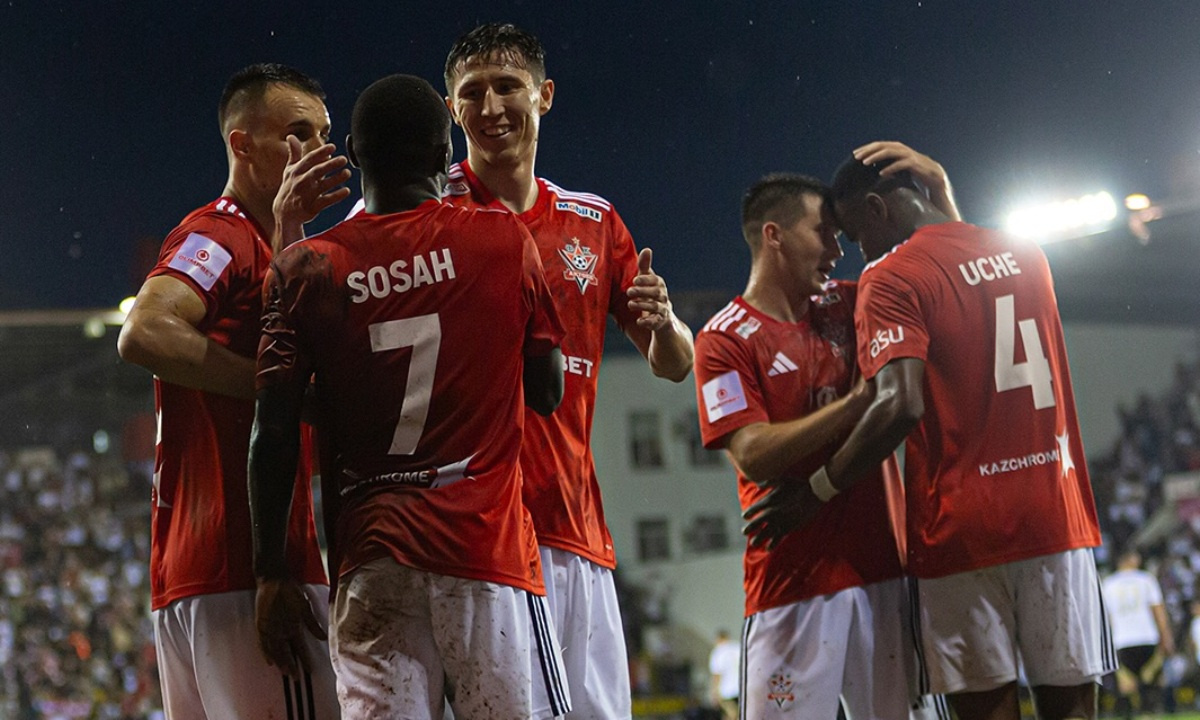Discover the exciting world of virtual reality concerts, where music meets technology in an immersive experience like never before! As VR transforms live performances, fans can enjoy global access, interactive environments, and unforgettable moments with their favorite artists. Explore how this innovative trend is reshaping the music industry and what it means for the future of live entertainment!
Step Into the Future: How Virtual Reality Concerts Are Revolutionizing Live Music!


Virtual Reality Concerts: The Future of Live Music Experiences
As technology continues to evolve, the music industry is witnessing a significant transformation in how live performances are experienced. Virtual reality (VR) concerts are emerging as a thrilling alternative to traditional live music events, offering fans immersive experiences that transcend physical limitations. This article explores the rise of virtual reality concerts, their impact on the music industry, and the potential future of live music experiences.
The Evolution of Live Music
Live music has always held a special place in culture, serving as a medium for connection and expression. From intimate acoustic sets in local venues to grand performances in stadiums, the experience of attending a concert is often cherished by fans. However, the COVID-19 pandemic brought unprecedented challenges to the music industry, leading to widespread cancellations of live events and forcing artists to adapt to a changing landscape.
In response to these challenges, many musicians turned to digital platforms to reach their audiences. Live-streamed concerts became a temporary solution, allowing artists to connect with fans from the safety of their homes. While these virtual performances provided immediate relief, they often lacked the immersive and interactive elements that define live music experiences.
Enter Virtual Reality
Virtual reality has emerged as a game-changer in the realm of entertainment, enabling users to engage with digital environments in a deeply immersive way. By using VR headsets and motion-tracking technology, fans can experience concerts as if they were physically present, regardless of their actual location. This innovation is revolutionizing how music is consumed and enjoyed.
The first notable VR concert was held by the American rock band The Chainsmokers in 2016, where fans could experience a live performance in a virtual space. Since then, the concept has gained traction, with various artists and platforms exploring the potential of VR concerts to connect with audiences.
Immersive Experiences
One of the most compelling aspects of virtual reality concerts is the level of immersion they offer. Unlike traditional live-streamed concerts, which often feel flat and one-dimensional, VR concerts create a multi-sensory experience. Fans can explore virtual venues, interact with other attendees, and even participate in the performance in ways that were previously unimaginable.
For instance, during a VR concert, fans might feel as if they are standing front-row, watching their favorite artist perform live. They can turn their heads to see the band members, watch the stage effects, and even engage with fellow concert-goers in a virtual environment. This level of interactivity enhances the emotional connection between fans and artists, making the experience feel more personal and memorable.
Expanding Access to Live Music
One of the most significant advantages of virtual reality concerts is their ability to democratize access to live music. Physical concerts often come with barriers, including ticket prices, travel costs, and venue capacity. In contrast, VR concerts can be accessed by anyone with a compatible device, enabling fans from around the world to participate in events that they may not have been able to attend in person.
Artists also benefit from this expanded reach. With the ability to connect with global audiences, musicians can engage with fans in markets that they may not have toured before. This opens up new revenue streams and opportunities for collaboration, fostering a more diverse and inclusive music scene.
The Role of Technology
The success of virtual reality concerts is heavily reliant on advancements in technology. High-quality VR headsets, improved internet connectivity, and sophisticated software platforms are all critical components of the experience. As technology continues to develop, the quality and accessibility of VR concerts are expected to improve.
For example, advancements in graphics and sound design can create more realistic environments, enhancing the overall experience for users. Companies like Oculus and HTC are continually refining their VR devices, making them more affordable and user-friendly. As a result, the barrier to entry for both artists and fans is gradually lowering.
The Business Model of VR Concerts
While virtual reality concerts offer exciting possibilities, they also present unique challenges when it comes to monetization. Traditional concert revenue streams, such as ticket sales and merchandise, may not translate directly to the virtual space. However, artists and promoters are exploring new business models to capitalize on the growing interest in VR concerts.
For instance, some platforms offer tiered ticket pricing, where fans can choose from different levels of access. Premium experiences, such as backstage passes or virtual meet-and-greets, can be sold at higher prices, providing fans with exclusive content. Additionally, sponsorships and partnerships with brands can help offset costs and generate revenue for artists and platforms alike.
Collaborations and Innovations
As the VR concert landscape evolves, collaborations between artists, technology companies, and content creators are becoming increasingly common. By working together, stakeholders can create more engaging and innovative experiences for fans. For example, the integration of gamification elements into VR concerts can transform the experience into an interactive event where fans can earn rewards or unlock exclusive content.
Moreover, VR concerts can serve as platforms for experimentation, allowing artists to push the boundaries of creativity. Musicians can design unique virtual environments that reflect their artistic vision, creating a multi-dimensional experience that enhances their music. This level of creativity can attract new audiences and keep current fans engaged.
Challenges and Considerations
Despite the exciting opportunities presented by virtual reality concerts, there are challenges that need to be addressed. One major concern is the potential for technology to alienate some audiences. While VR offers immersive experiences, not everyone has access to the necessary equipment, and some fans may prefer the traditional concert experience.
Additionally, the quality of the VR experience can vary significantly based on individual setups. Artists and platforms must prioritize inclusivity and ensure that the experience is accessible and enjoyable for all fans, regardless of their technological capabilities.
The Future of Virtual Reality Concerts
As we look toward the future, virtual reality concerts are likely to become an integral part of the live music landscape. The technology will continue to evolve, offering fans increasingly sophisticated and immersive experiences. As more artists embrace VR as a viable performance medium, we can expect a diverse array of concerts, ranging from intimate acoustic sets to grand spectacles.
Moreover, as the music industry continues to adapt to changing consumer preferences, virtual reality concerts may play a significant role in shaping the future of live music experiences. By blending technology with artistry, VR concerts have the potential to redefine how fans connect with their favorite musicians and experience live performances.
In summary, virtual reality concerts are not just a passing trend; they represent a significant shift in how music is experienced. As technology advances and the industry embraces innovation, the future of live music is poised to become more immersive, accessible, and engaging than ever before.

 বাংলা
বাংলা  Spanish
Spanish  Arabic
Arabic  French
French  Chinese
Chinese 







